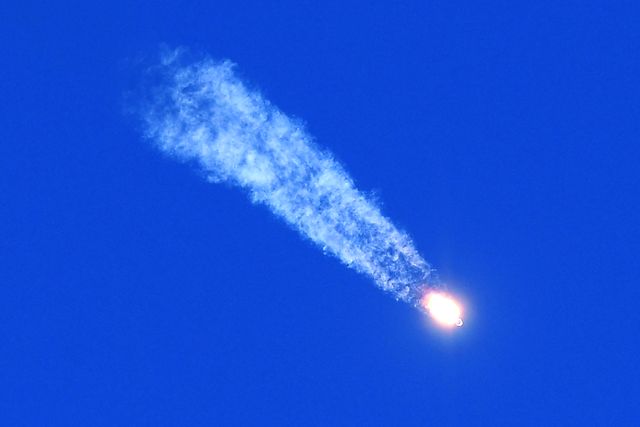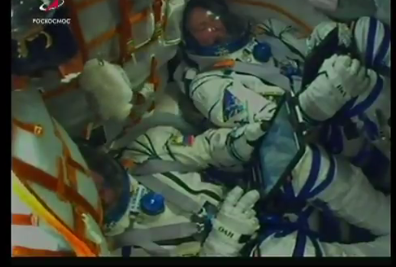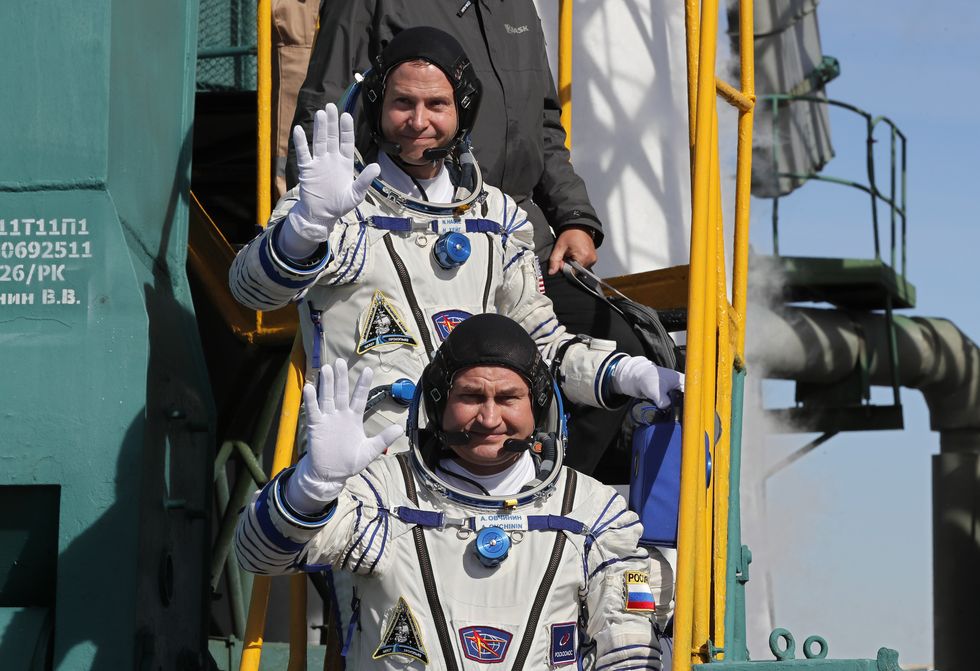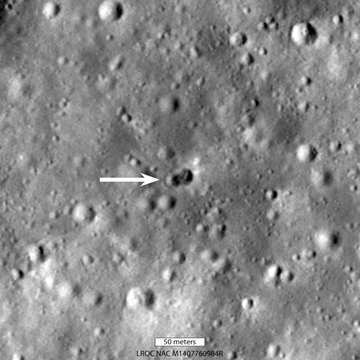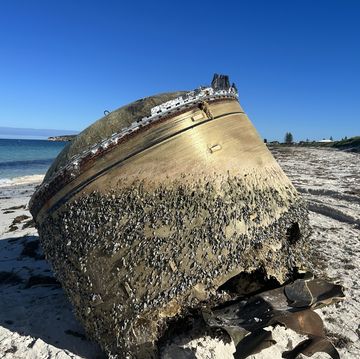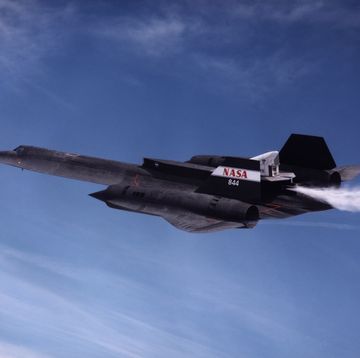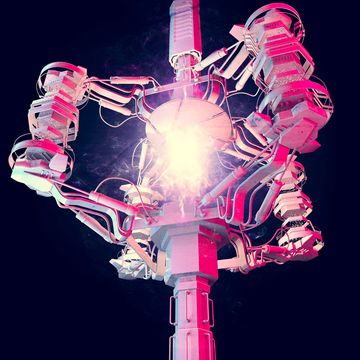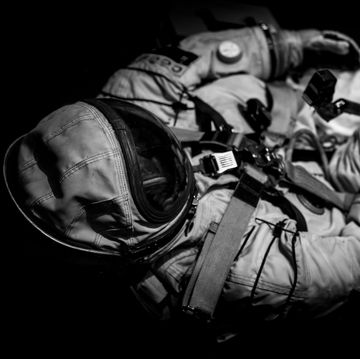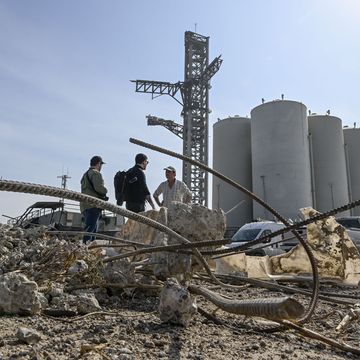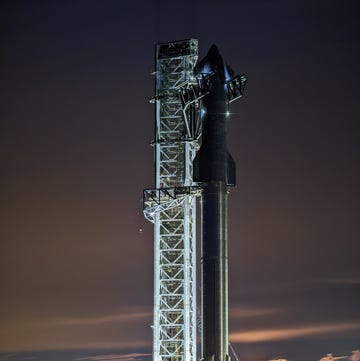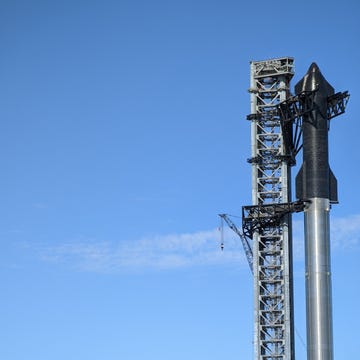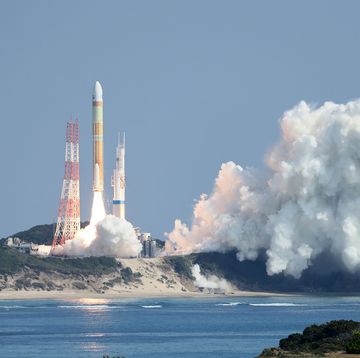Early this morning, a Russian Soyuz booster carrying two people to the International Space Station malfunctioned, forcing NASA astronaut Nick Hague and Russian cosmonaut Alexey Ovchinin to abort and make an emergency landing in their space capsule. Search and recovery crews boarded helicopters and reached the pair of astronauts, who are reportedly in good condition.
While explaining the mishap, NASA tossed around the term “ballistic reentry” and “ballistic mode” pretty freely. Here's what that means and how it got the two men safely to the surface.
8 Gs of Hell
Ballistic mode is an actual way of landing that engineers baked into the Soyuz design in case of unexpected mishaps, like this morning’s. This is the fourth time in the history of the Soyuz program that such a mode of re-entry has occurred. In that sense, the Soyuz’s backup plan worked as intended. But just because a ballistic decent is a planned-for contingency doesn’t make it very fun.
A capsule in ballistic reentry has one task: to shed speed quickly to get to the ground safely. Instead of a long, flat flight profile, a ballistic reentry is steep and short. This is the opposite of a “controlled descent." The capsule's steep reentry angle creates the atmospheric drag needed to slow down a fast-moving space capsule.
If this sounds like it’d be tough on astronauts, it is. The method increases the G-forces that crew experience. For example, during the 2008 ballistic reentry of Soyuz TMA-1, astronauts endured an 8G gravity load as opposed to the 6Gs they experience during a controlled re-entry. The trip sent South Korean astronaut Yi So-yeon to the hospital with injuries to her neck muscles and a bruised spinal column.
Today's descent doesn't seem to have been as violent as the 2008 incidents. According to a discussion between mission control and the space station, the astronauts experienced between 6 and 7Gs.
You Breathe Though Your Stomach
The capsule zooms during ballistic reentry, but it must remain stable. If the Soyuz loses its orientation, the capsule could expose its hatch, rather than the heat shield, to temperatures upwards of 3,000 degrees F. That would kill the crew. To avoid this fate, the Soyuz capsule rotates around its axis of trajectory on the way down to increase stability, kind of like a bullet fired from a rifle.
Astronaut Peggy Whitson survived a ballistic reentry in 2008, and described it like a nausea-inducing car crash. "It was just one big hit and a roll," she told CNN at the time. “"I felt my face getting pulled back. It was hard to breathe, and you kind of have to breathe through your stomach, using your diaphragm instead of expanding your chest." That's what happens when the G forces press a person into the seat at 8 times normal gravity.
Ballistic entry may be a rough ride, but remember that early astronauts knew no other way down. Early cosmonauts and astronauts like Yuri Gagarin and John Glenn made only ballistic re-entries to get back down to Earth. Eventually, engineers designed capsules that could generate lift, flattening those flight profiles and making a less aggressive ride. But the old way is still proving to be a good option when something goes wrong.
Joe Pappalardo is a contributing writer at Popular Mechanics and author of the new book, Spaceport Earth: The Reinvention of Spaceflight.
